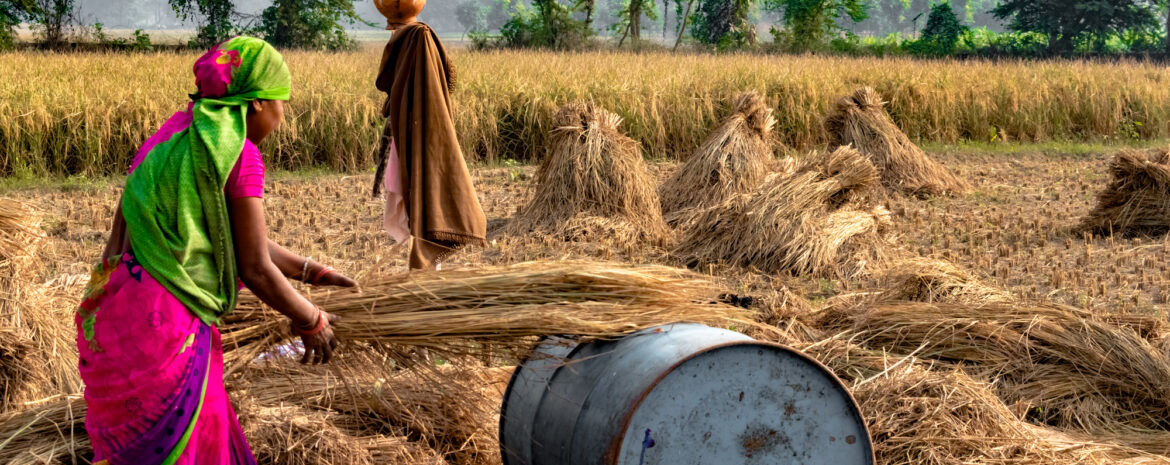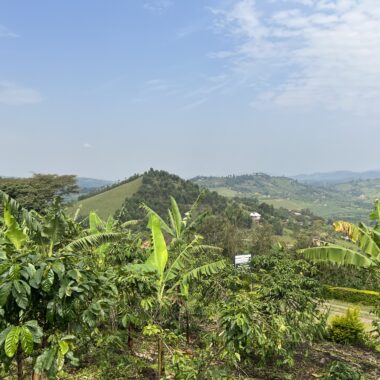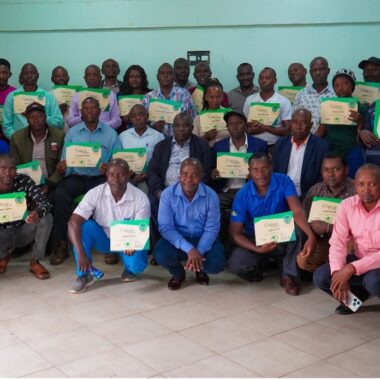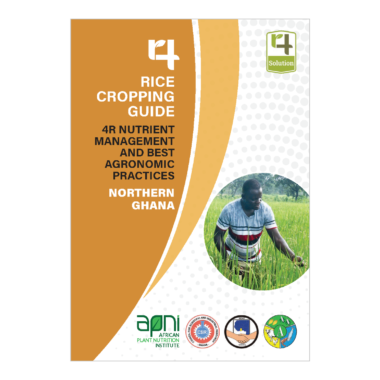In Search of Sustainable Grain Production in the Indo-Gangetic Plains
Researchers are exploring the benefits of adopting an alternative staple food crop production system for the Indo-Gangetic Plains of India. Presently rice-wheat cropping predominates but this traditional system is delivering poor sustainability outcomes
There is growing evidence that the sustainability of traditional rice-wheat cropping system (RWCS) common to the Indo-Gangetic Plains (IGP) is failing. This failure is partly due to the system’s inefficient use of scarce water and crop input resources, and also continued reliance on conventional practices for rice and wheat farming in the region. Soil fertility status under RWCS continues to decline as farmers are unable to properly support the crop requirements.
Changing long-standing practices within an extensive system such as the RWCS is challenging. Alternative solutions need to overcome preconceived beliefs and preferences as well as policies that are counter intuitive to the realities of national nutrition security.
The change proposed by a team of researchers based in India and Morocco centers around the potential benefits gained from large-scale adoption of a cropping system based on a maize and chickpea combination rather than rice and wheat. As a replacement for rice, maize is viewed as more adaptive to water scarcity and climate disruptions across the IGP. The authors suggest that maize is also better positioned to effectively address India’s food and nutritional security in future climate scenarios. In the case of chickpea, it is a well-established, protein-rich legume that has great potential for bridging the nutritional security gap faced within the country.
However, in the recent article published in Nature’s Scientific Reports, Pooniya et al. fully acknowledge that a key ingredient for sustained success of the maize-chickpea rotation depends on the implementation of a complete cropping systems approach of management.
During the course of the seven-year study (2013 to 2020), conservation agriculture-based (CA) practices including reduced tillage and crop residue retention within flatbed or permanent bed field designs, plus the benefits gleaned from a more diversified crop rotation, provided the best growing environment for generating high maize and chickpea yields. The study reports a 14 to 18% improvement in system productivity if these CA strategies were adopted instead of conventional cultivation.
The researchers also hypothesized that enhanced sustainability of the maize-chickpea cropping system, measured as improved yields, economic viability, and improved soil health, would result from supplying nutrients based on an approach that closely reflected crop demand. The study used a field-tested software-based tool called Nutrient Expert to provide the site-specific recommendations needed to optimize fertilizer application within the maize and chickpea rotation. This tailored approach enhanced the productivity of the system by 11 to 20% compared to the traditional fertilization practices. This translates into an extra US$376 to 481 per ha per year benefit for farmers.
“Based on the results of our study, a strong economic case can be made for the adoption of CA practices along with improved nutrient management within this maize-chickpea cropping system,” explained lead author from the ICAR-Indian Agricultural Research Institute, Dr. Vijay Pooniya. “The improvements observed in soil quality over the timeframe of the study provide a clear indication of the potential for this new system to reverse the long-standing trends of soil degradation and low resource use efficiency that are linked to the perpetuation of the rice-wheat cropping system.”
###
This summary was extracted from the article published by Pooniya et al. 2021. Long‑term conservation agriculture and best nutrient management improves productivity and profitability coupled with soil properties of a maize–chickpea rotation Scientific Reports. (2021) 11:10386. https://doi.org/10.1038/s41598-021-89737-9
The research team was comprised of scientists from the ICAR-Indian Agricultural Research Institute (IARI), New Delhi, India; ICAR-Indian Institute of Maize Research (IIMR), Ludhiana, India; ICAR-Indian Agricultural Statistics Research Institute (IASRI), New Delhi; ICAR-Central Research Institute for Jute and Allied Fibers, Barrackpore, India; African Plant Nutrition Institute (APNI), Benguérir, Morocco; Chaudhary Charan Singh Haryana Agricultural University (CCSHAU), Hisar, India; ICAR-Indian Institute of Farming Systems Research (IIFSR), Modipuram, India; ICAR-National Dairy Research Institute (NDRI), Karnal, India; Borlaug Institute for South Asia (BISA), Samastipur, India.
Contributors: Gavin Sulewski, APNI Editor and Dr. Kaushik Majumdar, APNI Director General.





